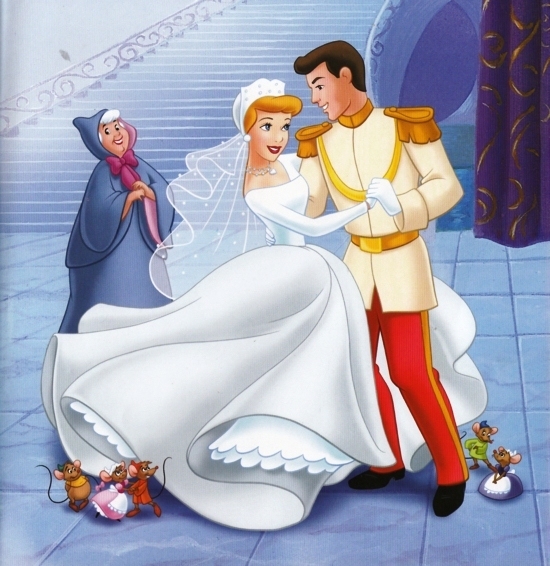Intertextuality
plays an important role in literature as it helps readers compare two
texts. The texts can vary from having
the same theme and details, to having only one thing in common that can be
pulled out and compared. Overtime, numerous
amounts of texts begin to carry out similar ideas and these can easily be
compared. When comparing the texts,
there seems to be a conversation going on between the two.
 |
| Cinderella and Prince Charming |
By
having different versions of the same text, the audience is able to choose what
they like and do not like, sort of creating their own story. Also, having various versions can make
understanding the text more interesting when it is compared. The story of Cinderella will stick with me forever, all of the details and
characters, and no matter what text I get into in the future, having this solid
background helps in every way. I’ll
always have something to compare new texts to.
If
I were to choose another text to compare Cinderella
to it would be The Princess Diaries. In the beginning of the two stories, the main
characters start off as average girls who are not given much attention as they
live their daily lives. Throughout the
middle they go through extreme makeovers making them more noticeable, and at
the end both girls become princesses and everyone loves them. Seeing the magic appear in both stories makes me so happy! It’s always a nice and motivating idea to
think about, reminding the audience that anything is possible.
I really liked your point that these stories are made to be magical and happy as we watch the transformation of ordinary women into princesses. I think that when creating marketable stories, producers have to look at their audience and decide what they want to see and what will sell. Creating a story where an ordinary girl is called to more is appealing to the majority of the population and serves as an escape from everyday life for the viewer.
ReplyDeleteOh, Zahra thank you for bringing the wonderful Hilary Duff into this. "A Cinderella Story" is a great example of Intertextuality. I really enjoyed watching this wonderful, modern twist on the classic fairy tale. I found it funny how the story was updated to fit in our current time, for example, instead of a glass slipper, Cinderella (Sam) leaves behind her cellphone at the school dance. "A Cinderella Story" had it all: the evil stepmother and sisters, the prince charming, and the fairy godmother. This movie version of the classic story was rather lovely and also pretty funny. I feel that sometimes it's good to take an old tale and re-work it so that the modern audience can relate.
ReplyDelete